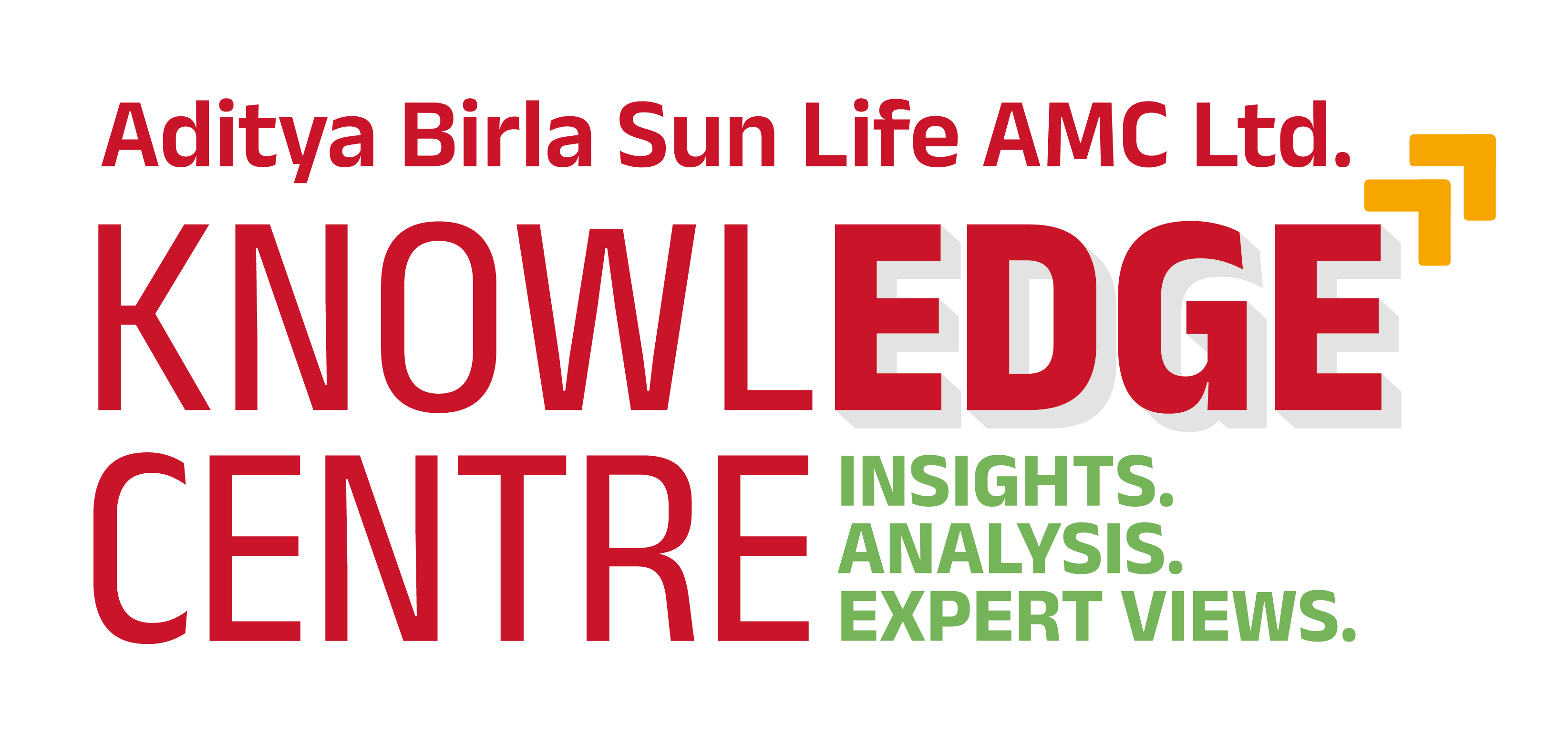-
Our Products
Our FundsFocus Funds
-
Self Care
Self-ServiceFind InformationWays To TransactPartner Solutions
-
Downloads
- Learnings
- About Us
-
More
-
Shareholders
-
Shareholders
-
Updates
-
-
SIP Calculators
- Back
-
Shareholders
Part II: Investing Fundas Every Mutual Fund Investor Must Know

Jun 26, 2023
4 Mins Read
Listen to Article
We brought to you the first part of this series to curate a handy list of terms that can help you move on your investment learning curve. Here’ Part II of this series.
The formulaic definition of NAV is that it gives you the per unit intrinsic value of a fund or reflects the value of underlying securities. This metric helps investors understand the performance of a mutual fund scheme. The NAV declared at the end of every day is calculated by adding up the market value of all the securities held in the fund's portfolio, along with any income earned, and then subtracting expenses and fees. The resulting amount is divided by the number of outstanding shares to determine the NAV. It is a crucial metric for investors as it helps them assess the value of their investments and track the fund's performance. The NAV also plays a role in determining the purchase and redemption price of mutual fund units. However, it's important to note that NAV alone should not be the sole basis for making investment decisions, and other factors such as the fund's investment objective and historical performance should be considered as well. The NAV will generally be higher for the schemes that have been around for a while than a newly launched fund.
Benchmark is quite literally just that – a standard of returns (usually an index such as Nifty or Sensex) against which a mutual fund’s performance can be measured. A benchmark is a standard or reference point against which the performance or characteristics of an investment or portfolio can be measured. It serves as a point of comparison to evaluate the success or failure of an investment strategy. Benchmarks can take various forms, such as market indices, specific asset classes, or custom indexes. As per SEBI regulations, fund houses are mandated to declare their benchmarking index, while allowing them to select their index based on their investment strategy. Ideally, your investment is considered to be doing well when they target or crosses its benchmark. Benchmarking also helps investors compare the performance of different funds that follow the same index.
Market capitalization, or market cap, is a measure used to assess the value of a publicly traded company. It represents the total market value of a company's outstanding shares of stock. Market cap is calculated by multiplying the current share price by the total number of shares outstanding. It is a widely used metric to classify companies into different categories such as large-cap, mid-cap, and small-cap. It provides investors with an indication of a company's size and relative worth in the market. Large-cap companies have higher market caps and are often well-established industry leaders. They tend to be more stable and may offer consistent dividends. Mid-cap and small-cap companies, with lower market caps, may have higher growth potential but also come with increased risk and volatility. Market cap is an important factor for investors to consider when evaluating investment opportunities. However, it should be used in conjunction with other factors such as financial performance, industry trends, and company fundamentals to make well-informed investment decisions.
A mutual fund portfolio refers to the collection of investments held by a mutual fund. It represents the combination of various securities, such as stocks, bonds, cash equivalents, and other assets, that the mutual fund manager selects based on the fund's investment objective and strategy. The mutual fund portfolio is constructed and managed by professional fund managers who analyze market conditions, conduct research, and make investment decisions on behalf of the fund's unitholders. The goal is to achieve the fund's stated objective while considering factors such as risk management, diversification, and potential returns. The portfolio holdings are disclosed periodically in the mutual fund's factsheet and uploaded on the website, allowing investors to have transparency regarding the investments made by the fund. One of the benefits of investing in a mutual fund is that it provides individual investors with access to a diversified portfolio of securities that may be difficult to achieve on their own. It allows investors to pool their money with others, benefiting from professional management and the potential for better risk-adjusted returns.
Portfolio rebalancing is the process of adjusting the asset allocation of an investment portfolio to bring it back in line with the desired target allocation. Over time, the value of different assets within a portfolio may fluctuate due to various macro and micro factors, causing the actual allocation to deviate from the intended allocation. Rebalancing ensures that the portfolio maintains its desired risk and return characteristics. Portfolio rebalancing helps manage risk by preventing the portfolio from becoming overexposed to a particular asset class or investment. It enforces discipline by forcing investors to adhere to their long-term investment strategy rather than chasing short-term market trends. It also provides an opportunity to review and reassess investment goals, time horizons, and risk tolerance. The frequency of portfolio rebalancing can vary based on individual preferences and market conditions. Some investors rebalance on a set schedule, such as annually or quarterly, while others may rebalance when deviations from the target allocation exceed a certain threshold. The important factor is to have a disciplined approach to maintain the desired asset allocation over time.
The views expressed in this article are for knowledge/information purpose only and is not a recommendation, offer or solicitation of business or to buy or sell any securities or to adopt any investment strategy. Aditya Birla Sun Life AMC Limited (“ABSLAMC”) /Aditya Birla Sun Life Mutual Fund (“the Fund”) is not guaranteeing/offering/communicating any indicative yield/returns on investments. The sector(s)/stock(s)/issuer(s) mentioned do not constitute any research report/recommendation of the same and the Fund may or may not have any future position in these sector(s)/stock(s)/issuer(s).
Mutual Fund investments are subject to market risks, read all scheme related documents carefully. 1. Net Asset Value (NAV)
2. Benchmark
3. Market Cap
4. Mutual Fund Portfolio
5. Portfolio Rebalancing
You May Also Like
Loading...





 1800-270-7000
1800-270-7000









